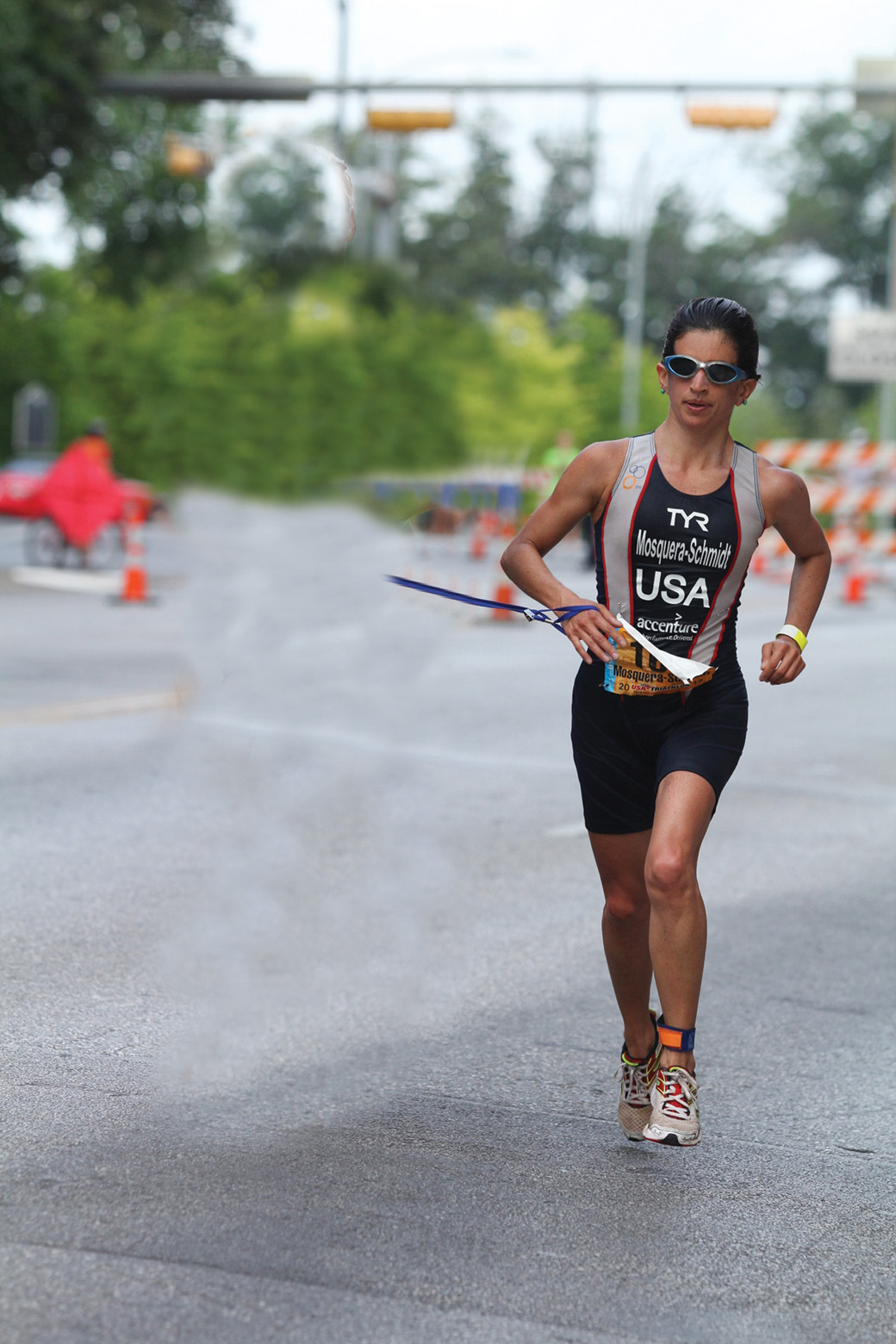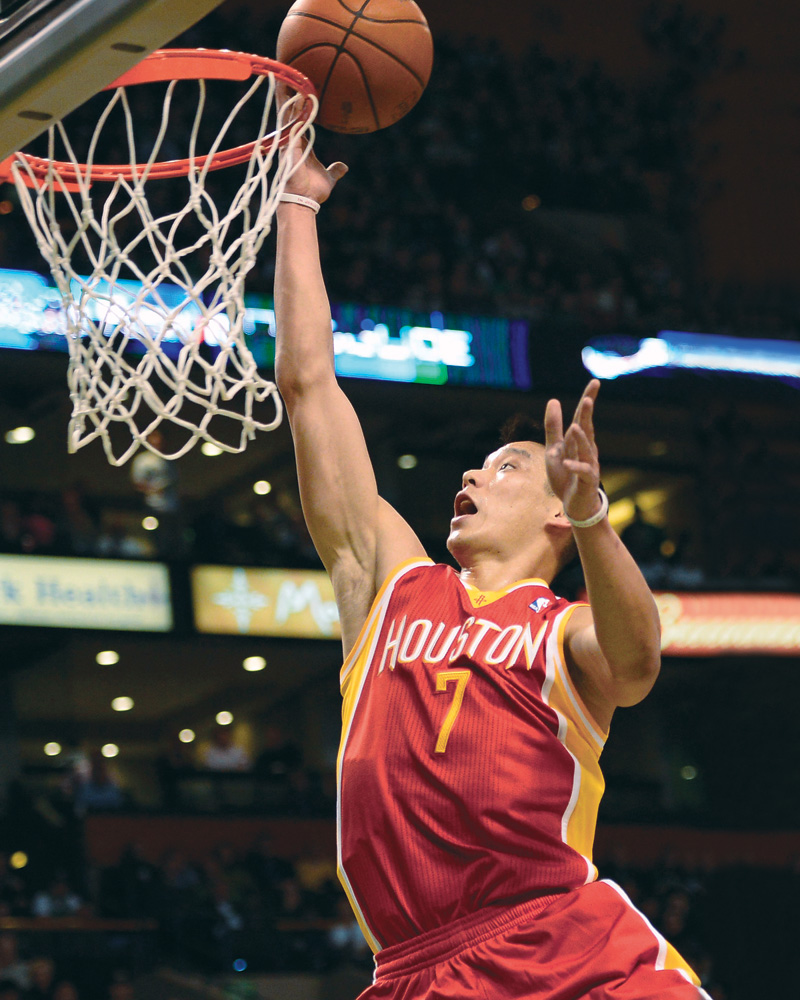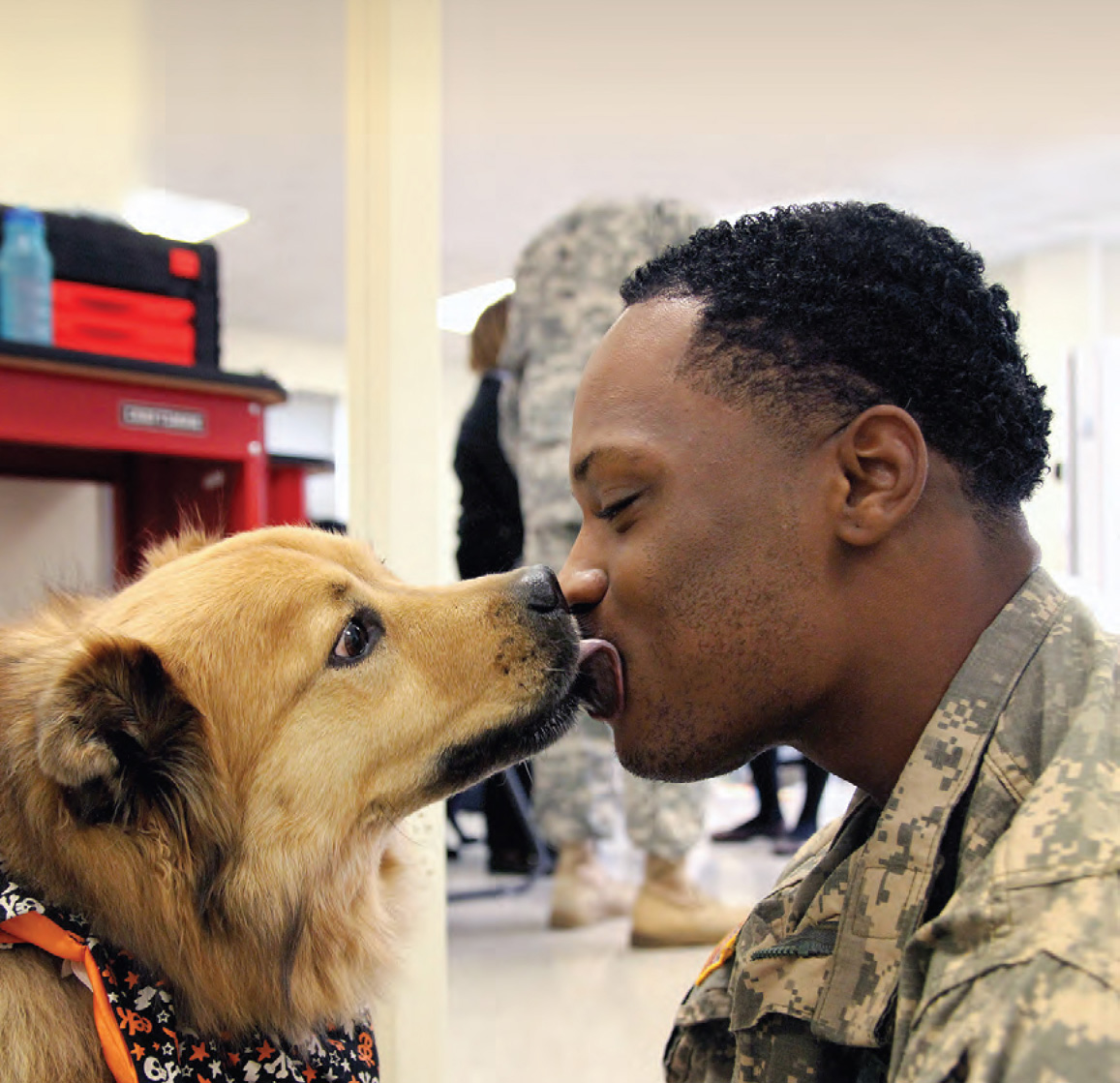5.1 An Introduction to Learning
learning
ATHLETES IN THE MAKING
An Introduction to Learning
ATHLETES IN THE MAKING
Palo Alto, California: It was the spring of 1999, and Ivonne Mosquera was about to graduate from Stanford University with a bachelor’s degree in mathematics. Math majors typically spend a lot of time manipulating numbers on paper, graphing functions, and trying to understand spatial relationships—all activities that draw on their sense of vision. But Ivonne had no memory of seeing an equation, a number, or even a piece of paper. She had been blind since the age of 2, when doctors removed both of her eyes to arrest the spread of an aggressive cancer.
Blindness never stopped Ivonne from doing much of anything. Growing up in New York City, she used to ride her bicycle across the George Washington Bridge as her father ran alongside. She went to school with sighted kids, climbed trees in the park, and studied ballet, tap, and jazz dance (Boccella, 2012, May 6; iminmotion.net, 2012). She tried downhill skiing, hiking, and rock climbing. Now Ivonne was graduating from college with a degree in one of the most rigorous academic disciplines, a great accomplishment indeed. Yet there were bigger things to come for Ivonne. In the next decade, she would become a world-class runner and triathlete.
That same year Ivonne graduated from college, just a few miles from the Stanford campus, a 10-year-old boy named Jeremy Lin was finishing fifth grade and working on his basketball game. In the evenings, Jeremy and his brothers would go with their father to the nearby YMCA, where they ran drills and shot hoops late into the night (Dalrymple, 2012). It was during this period that Jeremy’s future high school coach, Peter Diepenbrock, first caught a glimpse of the scrappy young player. “He was very small,” Coach Diepenbrock recalls, “but [had] just an incredible, incredible amount of confidence.” There was a certain presence about Jeremy, the coach explains (P. Diepenbrock, personal communication, May 21, 2012). He knew exactly how to play and was determined to do so, regardless of his size.
As impressive as the young player’s skills and spunk may have been, Coach Diepenbrock did not foresee the basketball heights Jeremy would eventually reach and the impact he would have on the global community. No one could have predicted the “Linsanity” he was capable of inspiring.
At first glance, Ivonne Mosquera (now Ivonne Mosquera-Schmidt) and Jeremy Lin don’t seem to have much in common. But as you read their stories, you will see how their relentless determination, work ethic, and optimism led to their athletic achievements—Ivonne as a runner and triathlete and Jeremy as a basketball player. Were they destined to become star athletes, regardless of events in their lives? Perhaps they were not. As you read through this chapter, you will see how learning changed their lives and paved the way for their success.
LEARNING OBJECTIVES
After reading and studying this chapter, you should be able to:

- LO 1 Define learning.
- LO 2 Explain what Pavlov’s studies teach us about classical conditioning.
- LO 3 Evaluate the differences between the US, UR, CS, and CR.
- LO 4 Recognize and give examples of stimulus discrimination and stimulus generalization.
- LO 5 Summarize how classical conditioning is dependent on the biology of the organism.
- LO 6 Evaluate the Little Albert study and explain how fear can be learned.
- LO 7 Describe Thorndike’s law of effect.
- LO 8 Explain shaping and the method of successive approximations.
- LO 9 Identify the differences between positive and negative reinforcement.
- LO 10 Distinguish between primary and secondary reinforcers.
- LO 11 Describe continuous reinforcement and partial reinforcement.
- LO 12 Name the schedules of reinforcement and give examples of each.
- LO 13 Explain how punishment differs from negative reinforcement.
- LO 14 Summarize what Bandura’s classic Bobo doll study teaches us about learning.
- LO 15 Describe latent learning and explain how cognition is involved in learning.

